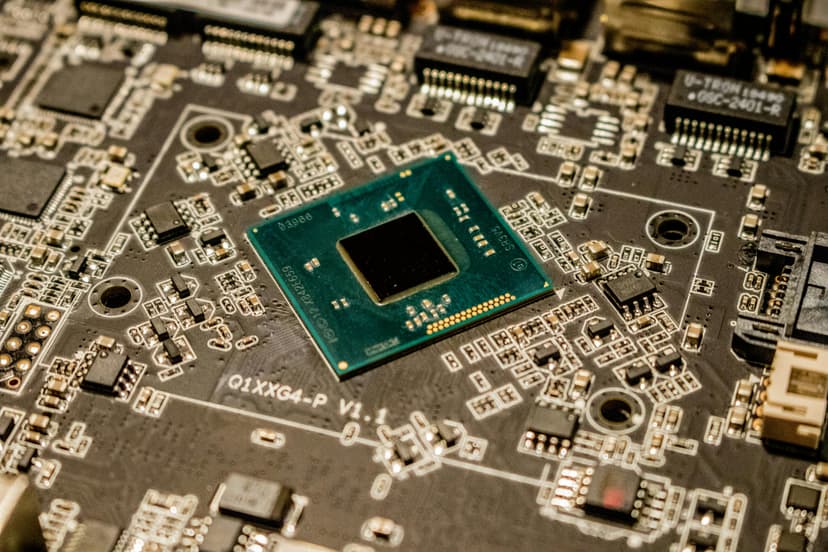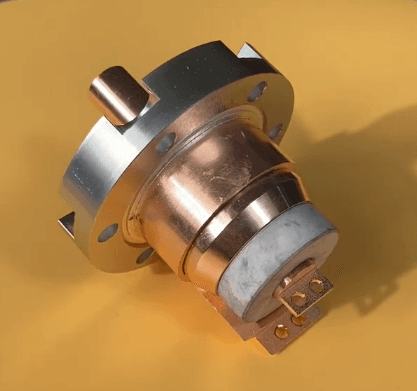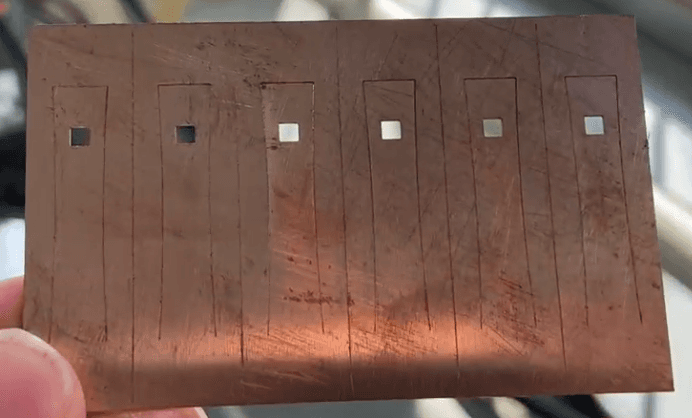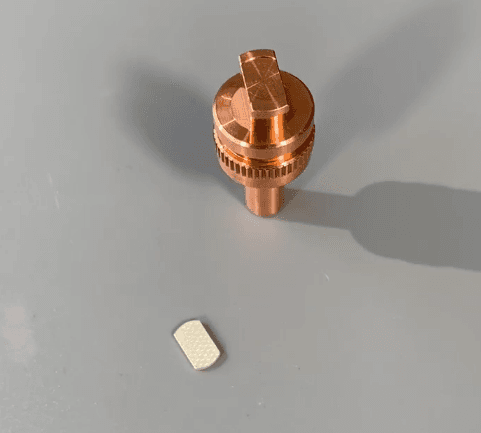Semiconductor Industry
Vacuum brazing is essential in the semiconductor industry, where ultra-clean, high-precision bonding is required for the fabrication of advanced electronic components. It is widely used in the production of heat sinks, sensor housings, wafer processing tools, and vacuum chamber assemblies. The process enables the joining of dissimilar metals and complex structures without introducing flux or contaminants, making it ideal for maintaining the ultra-high vacuum and purity levels demanded in semiconductor environments. Vacuum brazing ensures superior thermal conductivity, structural integrity, and leak-tight sealing—critical for temperature-sensitive and high-performance semiconductor devices.

Articles

Vacuum Brazing Solutions for the Electronics & Semiconductor Industry
Modern electronics and semiconductor manufacturing demand components that are lighter, stronger, and able to withstand extreme thermal and mechanical stresses.

Vacuum Brazing of Copper Water-Cooled Plates
Explore Normantherm’s vacuum brazing of copper water-cooled plates used in semiconductor and electronics cooling systems. Learn how Normantherm supports India’s growing electronics and EV industries with precision vacuum furnace technology.

Vacuum Heat Treatment of Beryllium Copper Materials: Enhancing Reliability in Electronics
Beryllium copper (BeCu) is a high-strength, high-conductivity alloy widely used in the electronics industry. Heat treatment is essential to achieve the optimal hardness and strength of beryllium copper used in electronics.

Vacuum Brazing of Copper and Silver for the Electronics Industry
Our recent project — the vacuum brazing of copper and silver — demonstrates our capability to deliver clean, high-strength, and oxidation-free welds essential for modern electronic manufacturing.

Ceramic and Copper Brazing — Precision Bonding for the Electronics Industry
In high-performance electronics, where heat dissipation and electrical insulation must coexist, ceramic-to-copper brazing plays a crucial role. The process joins two dissimilar materials — ceramics that offer excellent insulation and copper that provides superior thermal and electrical conductivity.
